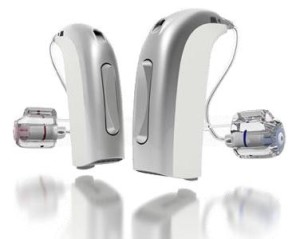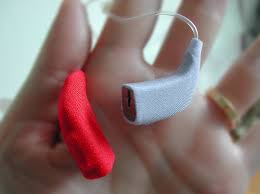Besides making the switch from analog to digital technology, hearing devices have in the last couple of decades gone through various changes that have transformed the industry’s landscape in a number of ways. These changes have enabled people with hearing problems to stay connected to nature’s gifts of sounds in a manner that befits their lifestyle and compliment their personality.
Latest Advancements
Latest trends in the world of hearing aids are on the other hand destined to make things even better. Some of these trends include:
- Advancements in algorithms, circuitry technology and directional microphones that have stepped up hearing amplification devices cased in trendy technology enhanced casings.
- Value adding features such Bluetooth to enable pairing up hearing aids with entertainment and communication devices such as computers, smart phones and MP3 players.
Automation
Automation of hearing aid devices has been made possible with the exponential rise of chip technology that has refined the hearing devices’ speech and noise reduction properties. As a result of these, hearing ailments that may affect your inner ears’ sections can today be managed more efficiently. Other benefits brought about by the automation processes that rely on the use of algorithms and directional microphones include:
- Elimination of features such as the program button or the volume button that made it less comfortable to use the devices in public. The devices can today make automatic adjustments as per your surroundings’ sound pitch.
- Reduced noise and distortions that have consequently improved speech clarity.
- And binaural synchronization that has enabled the hearing gadgets to operate as a single system by imitating the mode of operations adopted by normal ears.
The Lyric Approach
The lyric approach to the process of upgrading hearing gadgets’ user friendly prospects makes the analogue types nothing more than hearing impaired devices from antiquity. This means that other than being more efficient, you can have lyric hearing aids fixed by ear professionals such as otolaryngologist or audiologists and leave them untouched, inside your ear, for about 120 days. This solves the problem of leaving home without your hearing aids, a matter that can be hazardous especially if you work in an environment that requires acute hearing abilities to avoid accidents.
Closer Collaboration Amongst Experts
Collaboration between medical experts specializing in hearing complications and hearing aids’ manufacturers is as well causing positive ripples of change in the industry. The professional relationship has for instance inspired the development of custom hearing gadgets. Consequently, it’s possible to go for hearing devices that match your skin. You can as well go for devices that are fitted with efficient wireless technology that makes long range communication more reliable in comparison to the previous versions that relied on short-range systems such as Infrared and Bluetooth.
Precautionary Measures
Whether your choice of hearing aid is influenced by what is available at Liberty hearing aids or by the adjustments that you instinctively think should be made, its commendable to consult your doctor before changing your hearing aids from one version to another. This is significant in determining whether the new technology can work for you properly or whether it may cause a couple of hitches worth avoiding.


